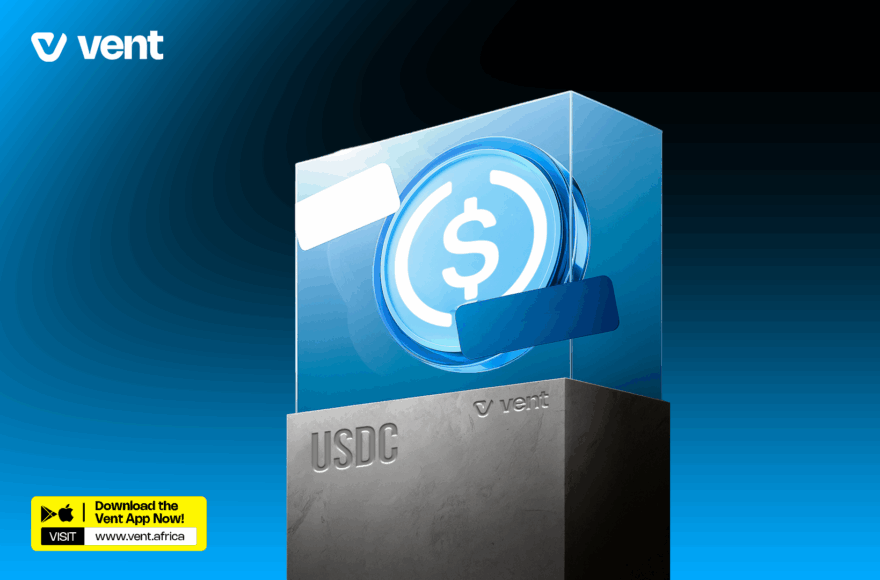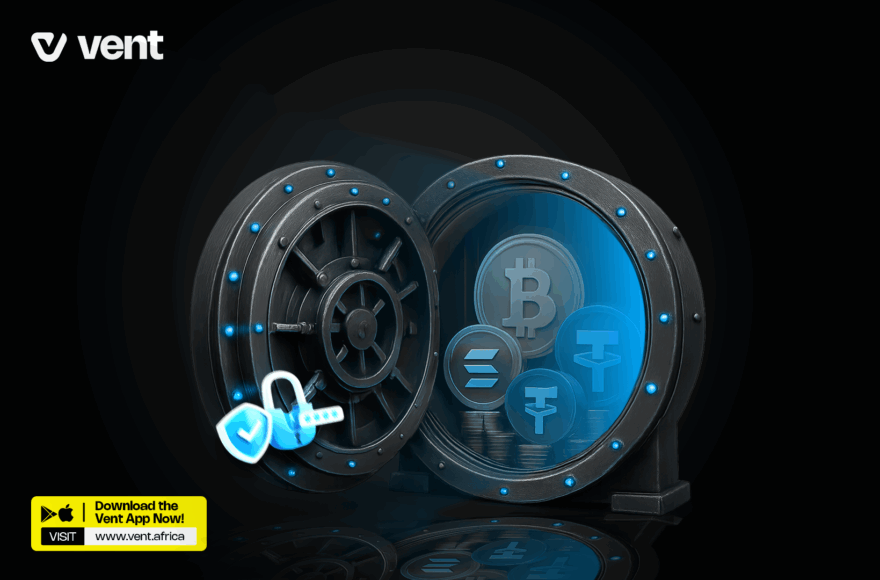Everything You Need to Know About Altcoins in 2025

Think about music. Bitcoin is like the big superstar everyone knows like Wizkid, Davido or Burna Boy. But just like Afrobeats has other stars like Rema, Ayra Starr, Asake, and a whole lineup of rising stars, crypto has altcoins. They’re not Bitcoin, but they bring their own unique sound and fanbase to the stage.
Now here’s the interesting part. According to Cointelegraph, on August 13th, 2025, Google searches for “altcoin” hit the highest level since 2021. That means more people are curious about these “altcoins” and what role they play in the crypto space. From Ethereum powering smart contracts to Solana running high-speed payments and stablecoins like USDT and USDC keeping things steady, altcoins are becoming harder to ignore.
So, if you’ve been hearing about “altcoin season” or wondering why everyone is suddenly searching, here’s why.
Key Takeaways
- Altcoins are any crypto that isn’t Bitcoin, including Ethereum, Solana, Dogecoin, and stablecoins like USDT.
- Search interest for “altcoin” is at a 4-year high, showing growing curiosity in the market.
- The buzz is driven by Ethereum’s growth, crypto exchange traded funds (ETFs), and DeFi/Web3 expansion.
- Altcoins come in different types: stablecoins, meme coins, DeFi tokens, and utility tokens.
- Wallet security is crucial when investing in altcoins. Your keys are the only way to keep funds safe.
What Are Altcoins?
The word “altcoin” simply means “alternative coin.” It covers every cryptocurrency that isn’t Bitcoin. While Bitcoin is the pioneer, the first digital money, altcoins expand the use of blockchain beyond being just a currency.
- Ethereum (ETH) introduced smart contracts, letting developers build apps on the blockchain.
- Solana (SOL) focuses on speed and low fees, making it a favourite for DeFi and NFTs.
- Tether (USDT) is a stablecoin, pegged 1:1 with the US dollar, giving crypto holders stability in a volatile market.
- Dogecoin (DOGE) started as a joke but gained popularity as a community-driven memecoin.
In short, Bitcoin started the show, but altcoins keep the stage lively with new features, faster transactions, and innovative use cases.
Why Is Interest in Altcoins Rising?
You might be wondering why so many investors are now interested in altcoins. Well, here are some likely reasons:
1. Ethereum’s Growth
Ethereum remains the biggest altcoin and has seen strong price action recently. Institutional investors are backing ETH through exchange-traded funds (ETFs), and billions are flowing in. This has made traders look beyond Bitcoin to other projects with real-world utility.
2. ETF Buzz
Over 30 ETF applications tied to altcoins have been submitted in the U.S. this year. ETFs are investment funds that let traditional investors gain exposure to crypto. This signals confidence from institutions and opens the door to massive capital inflows.
3. Bitcoin’s Shift Opens Doors for Altcoins
Bitcoin usually controls most of the crypto market. But when its share drops below 60%, it’s a sign that investors are moving money into altcoins. Historically, this shift has triggered “altcoin season,” when smaller coins outperform Bitcoin in terms of percentage gains.
4. Decentralized Finance (DeFi) and Web3 Expansion
DeFi and Web3 apps are built mainly on altcoins like Ethereum, Solana, and Avalanche. As more people use dApps for lending, borrowing, or trading, demand for altcoins grows. This is a major driver of long-term interest.
Types of Altcoins
Altcoins aren’t one-size-fits-all. They serve different purposes, and understanding them helps you know where your money is going.
1. Stablecoins
Stablecoins are cryptocurrencies designed to mirror the value of stable real-world assets, usually the US dollar, euro, or even gold. Unlike volatile coins, stablecoins provide predictability, making them crucial for crypto trading, remittances, and blockchain payments. They bridge the gap between traditional finance and crypto by offering liquidity and stability.
Examples: Tether (USDT), USD Coin (USDC), Dai (DAI).
Why they matter: Stablecoins enable low gas fee crypto transfers, instant settlements, and easier fiat conversions, making them essential for traders, businesses, and investors looking to reduce risk.
2. Meme Coins
Meme coins are digital assets that often begin as internet jokes or viral concepts but grow into large communities with massive market traction. While many lack deep utility, they highlight the role of social sentiment and community hype in crypto investing. Some evolve into projects with utility, while others remain purely speculative.
Examples: Dogecoin (DOGE), Shiba Inu (SHIB), Pepe (PEPE).
Why they matter: Meme coins reveal how viral trends, celebrity endorsements, and online culture can influence crypto markets. They’re high-risk, high-reward tokens that demonstrate the speculative yet entertaining side of the industry.
3. DeFi Tokens
DeFi (Decentralized Finance) tokens power platforms that replace banks and financial institutions with smart contracts. These tokens allow users to trade, lend, borrow, earn interest, and participate in governance without middlemen. They underpin decentralized exchanges, liquidity pools, staking platforms, and yield farming protocols.
Examples: Uniswap (UNI), Aave (AAVE), Compound (COMP).
Why they matter: DeFi tokens unlock access to borderless, permissionless financial services, making them one of the fastest-growing segments in crypto. They embody the shift toward a more open and decentralized global economy.
4. Utility Tokens
Utility tokens are cryptocurrencies created for use within a specific blockchain platform or ecosystem. Utility tokens are used to pay fees, access services, incentivize participation, or secure a network. They are central to many Layer-1 blockchains, DeFi projects, and crypto exchanges.
Examples: Binance Coin (BNB), Chainlink (LINK).
Why they matter: Utility tokens drive real activity. From paying transaction fees to rewarding users and fueling decentralized apps, they give crypto ecosystems practical use cases and long-term adoption potential
Wallets, Security, and Cashing Out
If you’re going to buy Bitcoin, Binance Coin, USDC, Solana, or USDT, the first step is having a wallet. A crypto wallet holds the keys that give you access to your funds. But not all wallets are created equal: custodial wallets mean someone else holds your keys, while non-custodial wallets (like Vent) put you in full control.
Security is everything. Losing your private key is like throwing away the only key to your safe. That’s why we’ve covered how wallets work and how to keep your wallet secure in separate guides worth reading if you’re serious about holding altcoins.
And when it’s time to cash out your crypto in Nigeria, Vent makes it simple. You can convert your Bitcoin (BTC), Solana (SOL), USDT, Binance Coin (BNB), or USD Coin (USDC), and get naira in seconds using Vent. No middlemen, no hidden fees, no stories.
Final Thoughts
Altcoins aren’t just “other coins.” They’re the reason crypto keeps evolving, from DeFi to NFTs and beyond. The renewed search interest shows that Nigerians and the world at large are paying attention again and with good reason.
But here’s the truth: altcoins can offer huge opportunities, but they also come with risks. DYOR (Do Your Own Research), keep your wallets safe, and use trusted platforms like Vent for your crypto-to-cash needs.
👉Ready to join the trend? Download Vent today and see why Nigerians trust us for fast, secure crypto cashouts.




